5 Essential October Lawn Care Tasks That Will Protect and Rejuvenate Your Biggest Yard Asset for Spring
There’s plenty you can do in fall to service your lawn and keep it in peak condition. Get on top of lawn care in October with these 5 key tasks
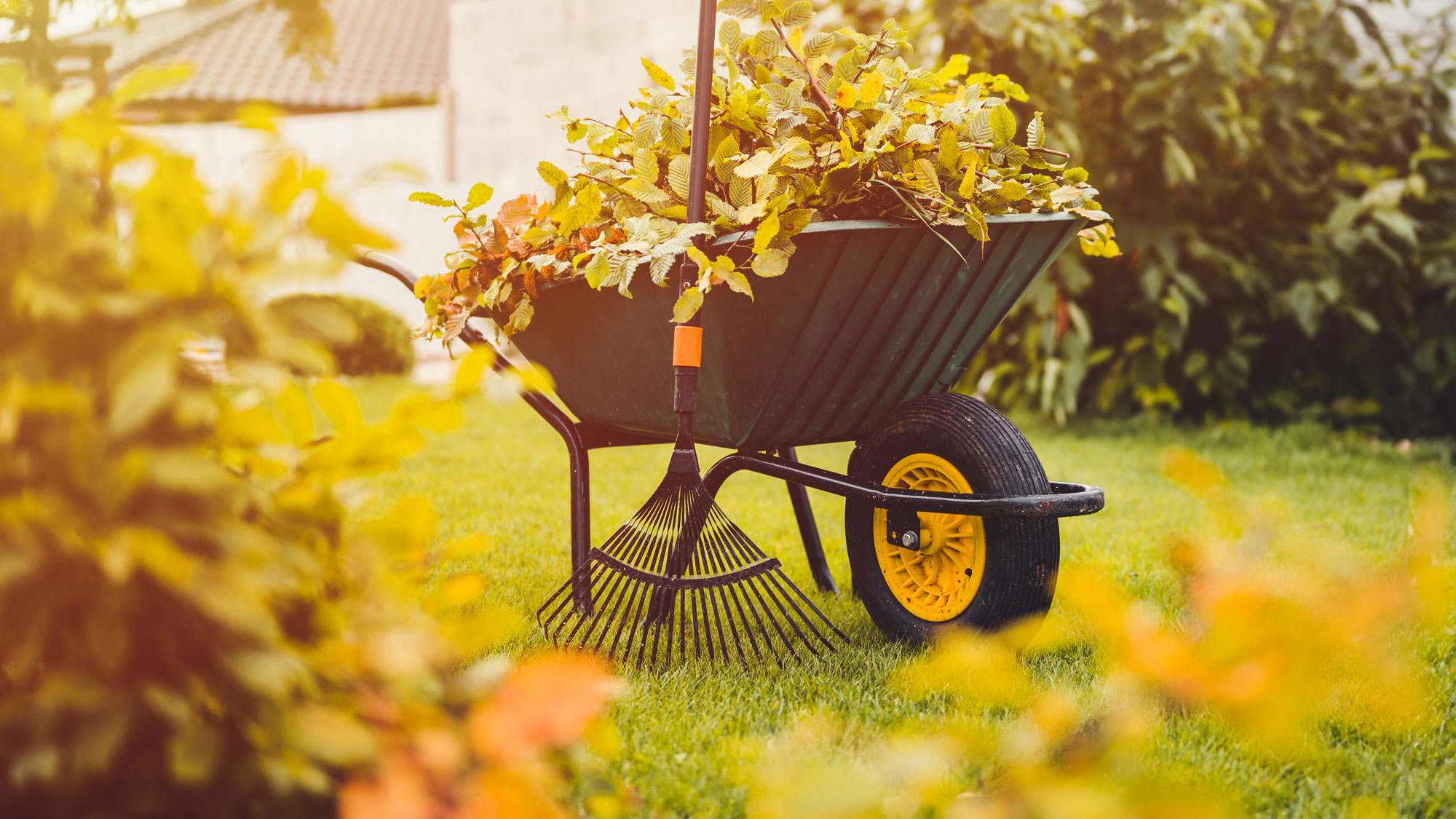

As the temperatures begin to drop, it’s important to brush up on your lawn care to keep your yard’s grass looking and feeling healthy. Good lawn care in October is vital as the weather transitions into cooler months. After the hotter days of high summer, lawns will be crying out for intervention. Proper lawn care now is crucial, to ensure your grass doesn’t die off, become too mushy in the event of snow or fall flooding, or succumb to temperature stress as a result of weather extremes.
Even if you live in a climate with milder summers or upcoming milder winters, that doesn’t mean you are off the hook. Your lawn is outside directly in the elements at all times – and even if the winter doesn’t feel extremely harsh, your lawn will be feeling every cool wind or flake of snow. So making time for October lawn care is imperative.
To help prep your lawn this fall and set it up for the healthiest possible transition through winter to spring, make time for these 5 essential tasks before the month is out. You may not notice a visible difference straight away, but these October lawn care tips will set you up for a lush, green lawn come the new year.
1. Remove Excess Leaves
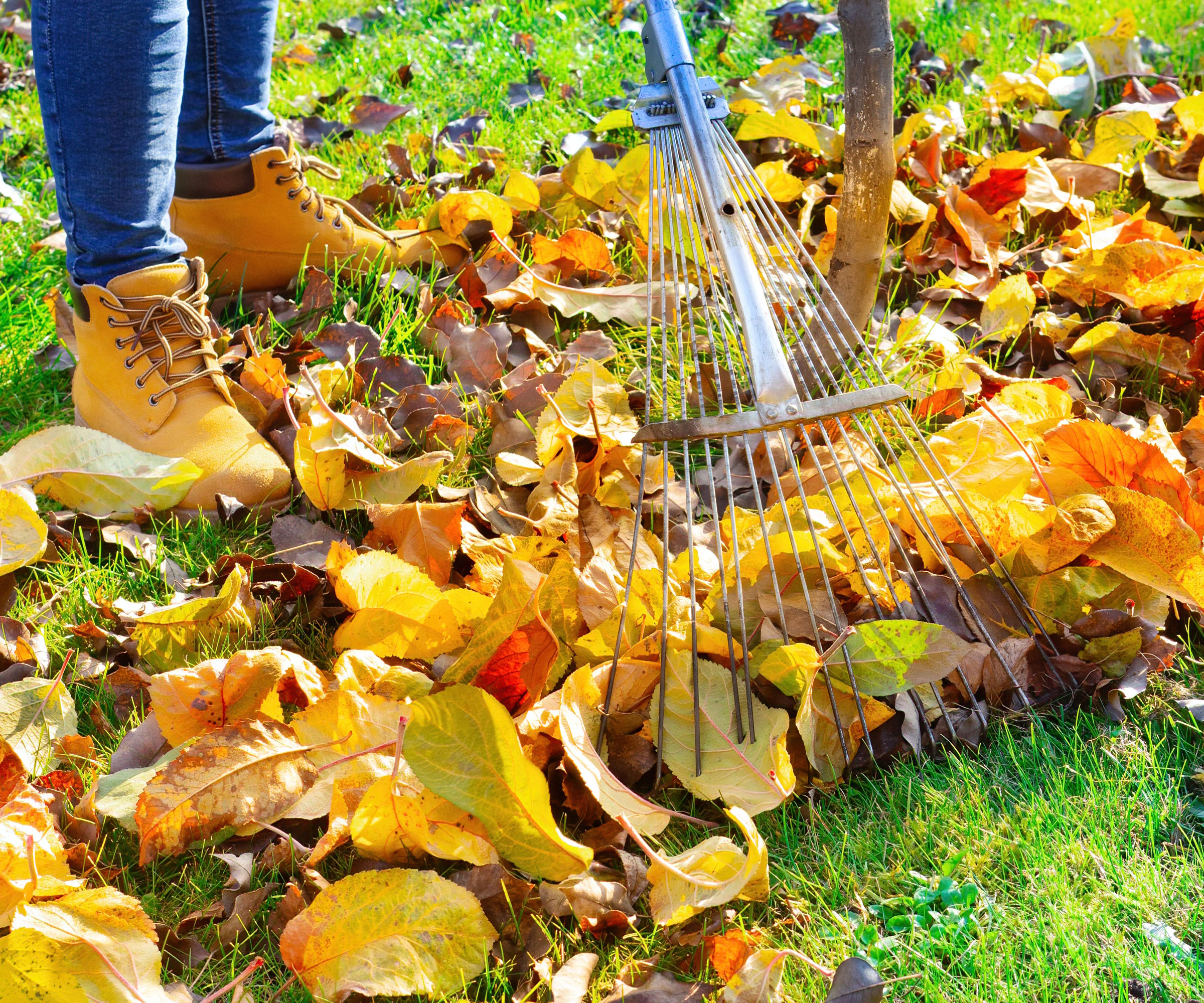
Removing leaves from your lawn in October isn’t just about making your lawn look better. There are many reasons why removing surplus leaves from your grass can help to improve its health, from allowing your grass to more easily breathe to decreasing the chance of your lawn developing fungal diseases.
One of the biggest cleanup mistakes people make in autumn involves attitudes to leaves. Hillary Thompson, a horticulturalist at Super Sod, is a strong advocate of removing leaves from lawns to prevent them being smothered by a thick layer of leaves. “I coach people to leave the leaves on their property in beds and natural areas, but to remove them from their lawns by raking or leaf blowing,” says Hillary. “Removing leaves also helps mitigate fungal diseases.”
So as part of your lawn care in October, rake leaves to the side of your fence or to another lesser-used area. Use a tool like this Adjustable Lawn Rake from Amazon to ensure your lawn is leaf-free, while still providing shelter for insects and animals in the cooling months of the year.
2. Aerate Your Lawn
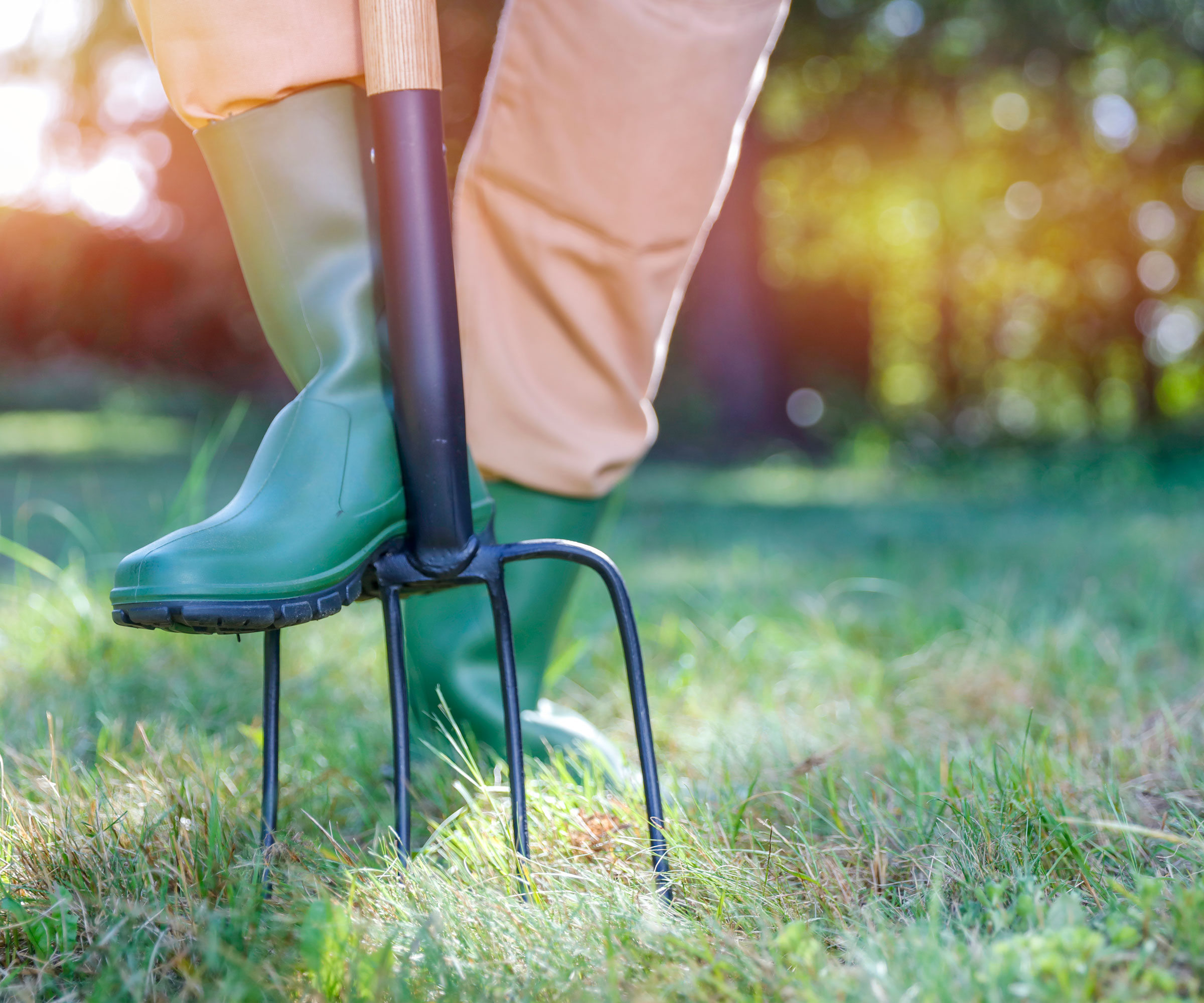
Last year was the first time I ever aerated the lawn, and the grass seemed so much happier for it, perking up visibly in the weeks after. When it comes to this aspect of lawn care October is a great time to tackle it. People in your home will be going outside less, giving the lawn a generous chance to breathe after heavy use.
Sign up for the Gardening Know How newsletter today and receive a free copy of our e-book "How to Grow Delicious Tomatoes".
As Angelika Zaber, a lawn care specialist and gardening expert at Online Turf, explains, your lawn has seen a lot of use in summer, so it will likely be compacted from all the foot traffic. “A compacted lawn is less equipped to handle the increasing rainfall and can lead to water pooling in areas of your lawn,” says Angelika. “This is why October is the perfect time to aerate it.”
The process of aerating a lawn involves making small holes sporadically in your lawn to help loosen up the soil and let air pass through. This can be done using a garden fork like the Truper Spading Fork from Amazon, or an aerating tool such as the Seeutek 18 Inch Rolling Lawn Aerator, from Amazon. A dedicated aerator is recommended for larger, more compacted lawns, as it’s quicker to create the holes. However, either method is fine.
3. Overseeding Grass
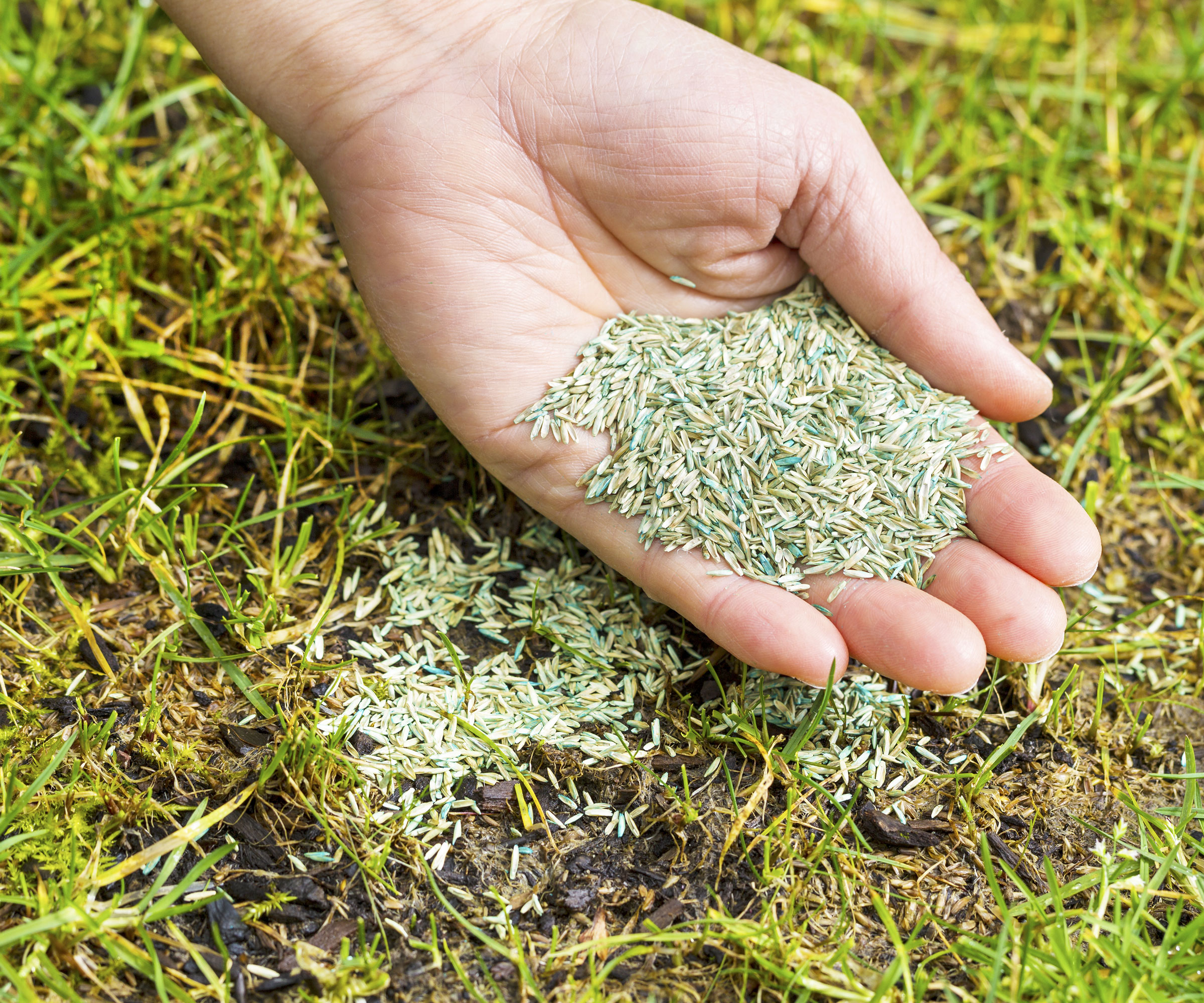
Can you seed a lawn in October? The answer to that question is a resounding yes. If your lawn has dried out patches or areas that are balding, October is actually the best time to fix this summer hangover through the process of overseeding. As the name suggests, overseeding refers to the process of setting down lots of extra grass seed to grow between the gaps of your existing lawn.
“Overseeding is best done in October, after scarification [removing excess thatch and organic matter] and aeration. It’s the perfect time to repair any damage from summer before the winter arrives,” says Angelika. “After you have scarified and aerated your lawn, simply sow your seeds and cover them with topsoil.” You can make lighter work of large areas by using a seed spreader like the VEVOR Tow-Behind Lawn Spreader from Amazon.
If you live in a climate with plenty of fall-winter rain, you likely won’t need to water your fresh grass seed. But if you do need to water the yard, use a shower-like setting on your hose and water the grass from a distance. This way, you won’t be stepping on your lawn, crushing the seeds and creating soil compaction all over again.
4. Late-Season Winterizer Fertilizer
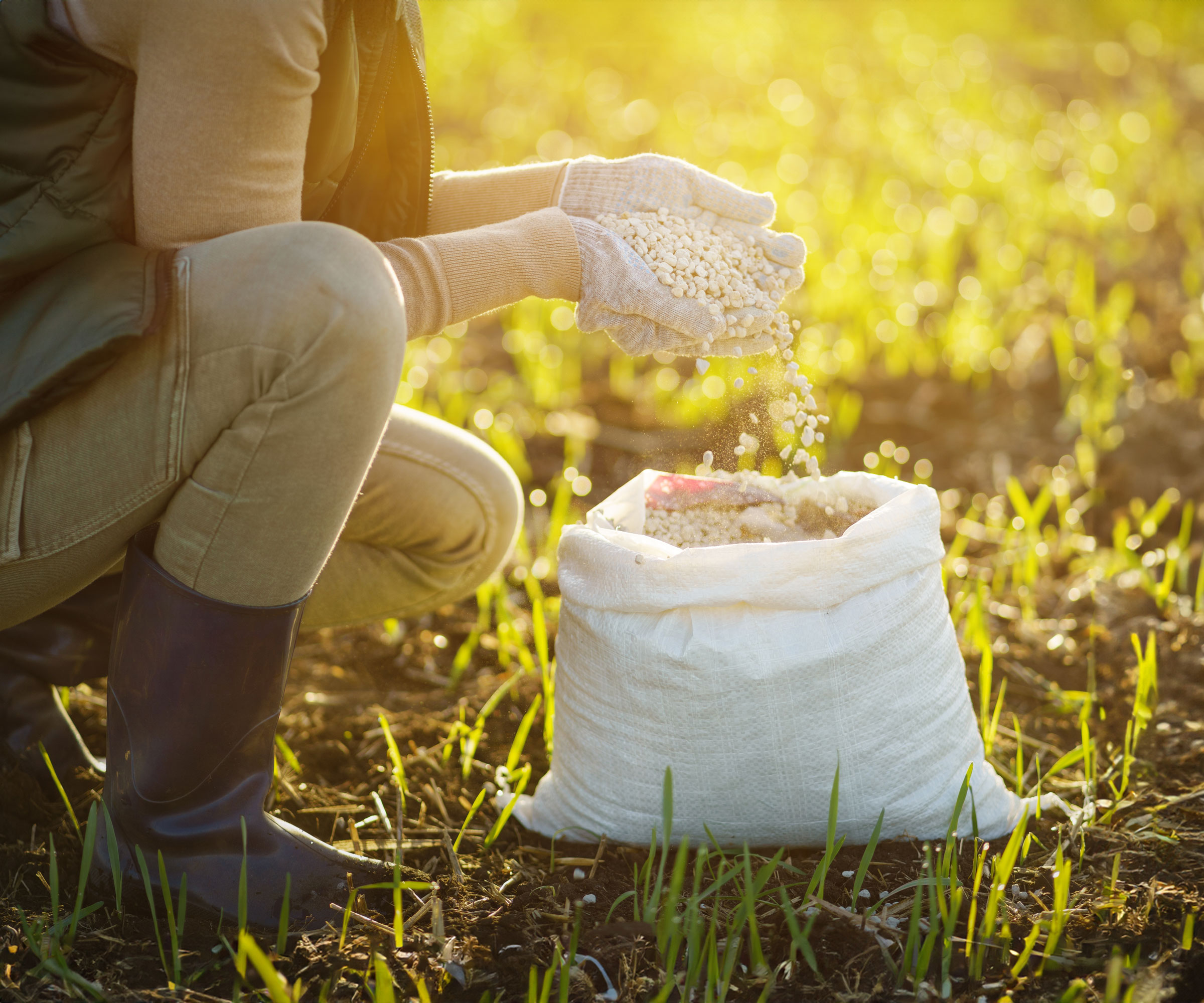
If your lawn appears to be struggling, October is an ideal time to consider adding fertilizer to your grass. The weather is still warm enough for the grass to absorb the essential nutrients from the fertilizer just in time to develop strength pre-winter.
Ryan Walts at Lawn Squad believes October is the best time to tackle this task for other reasons, too. “Fall lawn care is focused on recovery and preparation, making its priorities different from spring (focused on growth) and summer (where heat and drought stress management are more important),” says Ryan.
“Fertilizing is a key component of this recovery process, as well as part of protecting your lawn over winter. It provides your lawn with the nutrients it needs to store energy in its root system and survive the winter,” he explains. “Strong roots are the foundation of a healthy lawn, and the nutrients absorbed in October fuel growth and recovery as soon as grass comes out of dormancy in spring.
“A winterizer also boosts the success of fall seeding efforts by supplying young seedlings with nutrients for better germination and development. It can help grass to better fend off pests and diseases that thrive in transitional weather.”
The Scotts Turf Builder WinterGuard Fall Lawn Fertilizer from Amazon is a good choice, containing nutrients such as nitrogen and potassium for promoting strength. If your lawn particularly struggles with weeds, Amazon’s Ferti-Lome Winterizer and Weed Preventer is a comprehensive targeted solution.
5. Winterize Lawn Irrigation Systems
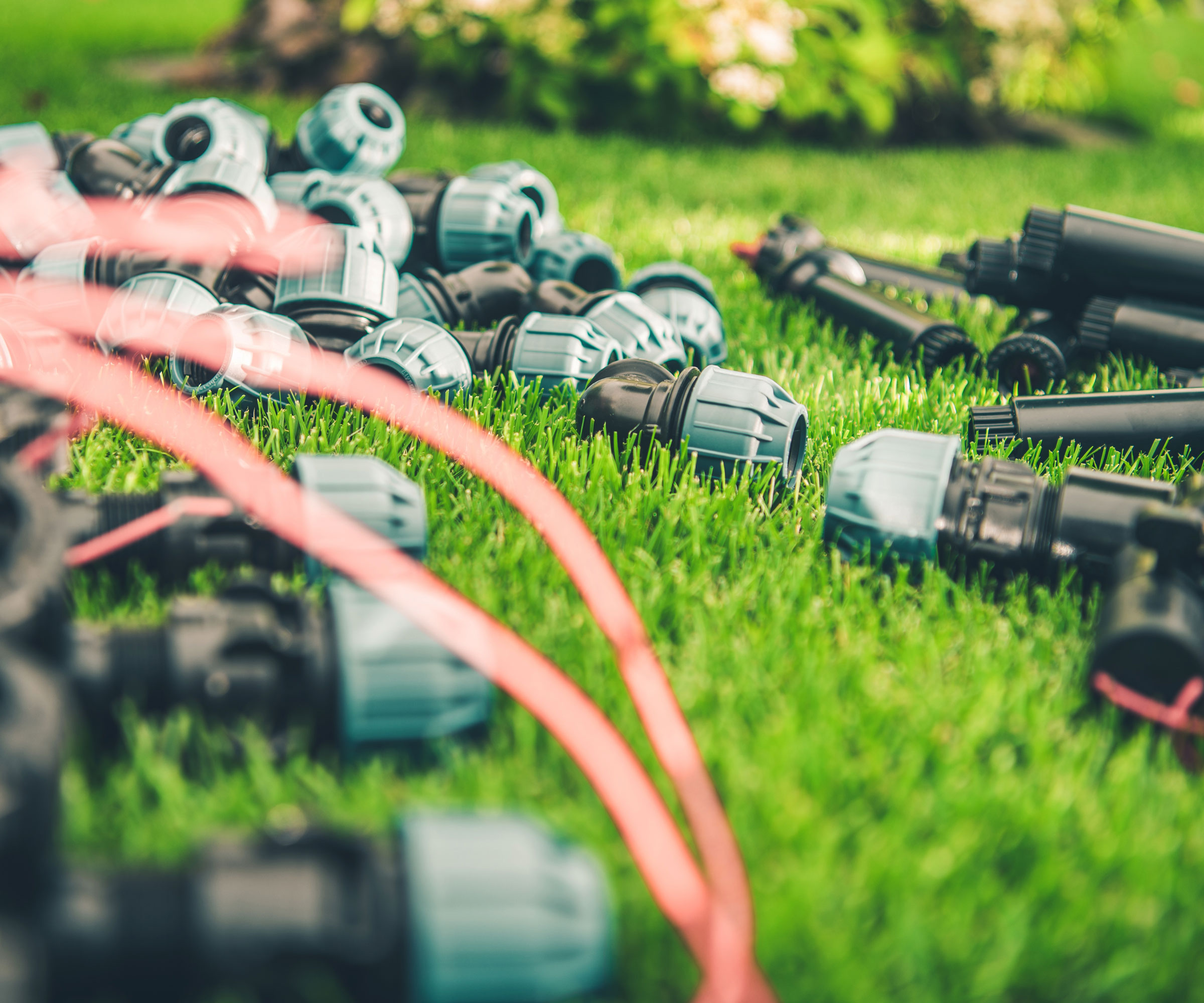
If you use any irrigation systems to keep your lawn well-watered, such as sprinklers, then October is the prime time to put them away or prep them for winter. Though it may not directly sound like a form of lawn care, your lawn will directly benefit from this essential October job. Come spring, when it’s time to water the grass again, it’s peace of mind to know that your watering mechanisms are working as they should.
Chris Rigby, a lawn irrigation system expert at Rain Bird, believes this is crucial lawn care for October. “Proper winterizing of your irrigation system, especially in the cold northern climates, can help the longevity of the system, and can also save you on costly repairs,” says Chris.
Chris reveals that the best way to winterize an irrigation system is to carry out a blowout. “This involves using compressed air to blow out any water in the pipes. If water stays in these lines and there is sustained cold (that is, freezing temperatures for a long period of time), these irrigation lines run the risk of freezing and cracking, thus causing costly repairs come spring,” he explains.
“Make sure you blow out any spigots, filters and backflow devices. Just open the spigots, undo the drain at the bottom of the filter, and make sure the backflow is drained,” says Chris. You can buy cans of compressed air from Walmart.
Don't Forget…
As well as a prompt and sensible lawn care strategy for feeding, watering and clearing away leaves, make sure you’ve identified and tackled any weeds that might be nestling in the sward, storing up your ground’s goodness in readiness for spring. It would be a great mistake to lay foundations for spring if you haven’t first addressed any unwanted extras that are staring you in the face!
Take advantage of any rainfall by pulling out younger weeds while the ground is wet (and it will be relatively easier). Where you can get a good purchase, lever up tenacious weeds by manipulating the tap roots with a hand weeder or corkscrew weeder. You can also apply a herbicide like Scotts Turf Builder WinterGuard Fall Weed Killer & Feed3 from Amazon to thwart pernicious weeds like purslane and dandelion.Anything you can do now will exponentially reduce your weeding workload come spring.
You can also take advantage of a lawn clear-up to tidy up the levels of lawns. Fall is a great time to level your lawn if you are aware of significant lumps, bumps and irregularities. Use a leveling rake like the Vevor Lawn Leveling Rake from Amazon to help you create a neater, more regular surface from which your grass can flourish.
Need more ideas for timely gardening jobs and seasonal expert advice delivered straight to your inbox? Sign up for the free Gardening Know How Newsletter!

Ciéra is a writer and regional laureate with particular passions for art, nature, philosophy and poetry. As well as contributing to Gardening Know How, she's an Editorial Assistant for Design Anthology UK and has words in other titles including Homes & Gardens, Livingetc, and Apartment Therapy. When she's not writing, Ciéra can be found getting incredibly excited when her small but ever-expanding garden shows more signs of growth. She believes it's something very beautiful to be cooking with her own produce, whether it's from her yard or picking berries from the wild to turn into jams or baked goods.
- Janey GouldingContent Editor
- Amy DraissDigital Community Manager